Are you an Ancestry DNA customer who tested their DNA before fall of 2025? If so, your DNA results may have gone through a major update, and you can learn all about it in this article.
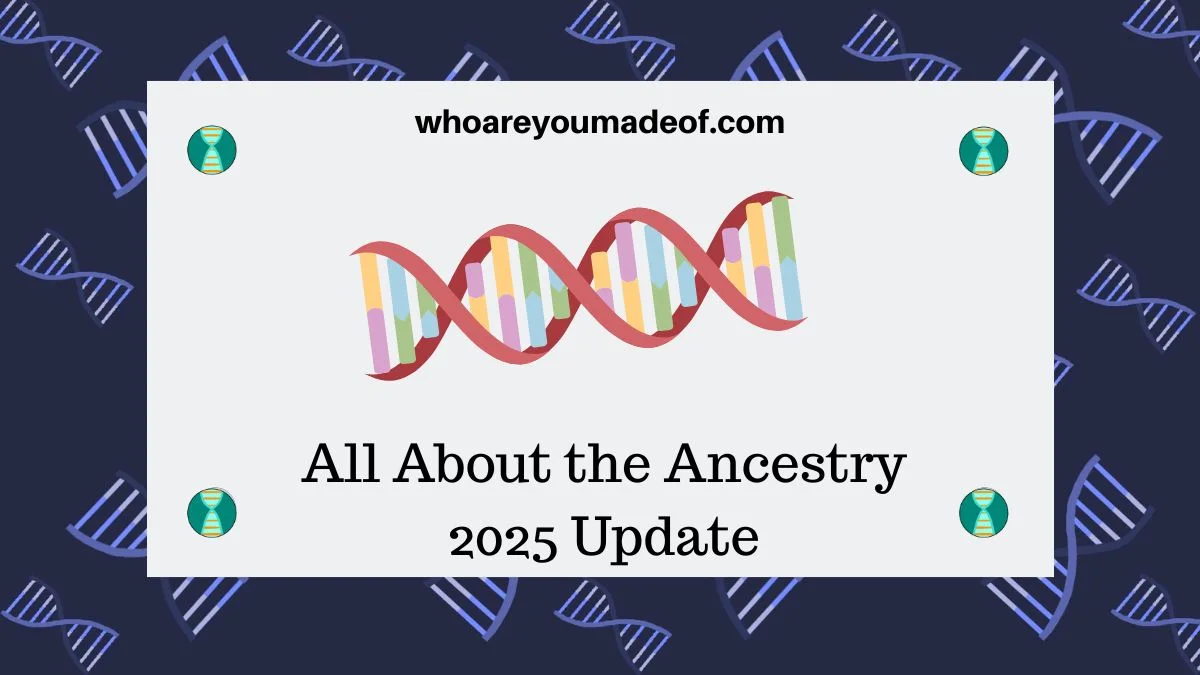
For the better part of a decade, Ancestry has released a big fall ethnicity estimate or ancestral regions results. We also might see a release of smaller updates or new features throughout the year.
Keeping with tradition, anyone who has tested their DNA with Ancestry has had their DNA reanalyzed using the newest science and technology available at Ancestry. This update is free for all Ancestry customers and is available automatically - you don't have to do anything for your results to get this update.
The 2025 Ancestry DNA update brings some big changes to our DNA results, how they are organized, and how they are calculated. Below, I'll explain all of the details you should know, as well as how to access your updated results.
How to see your updated results
It's very easy to see your updated Ancestry DNA results. All you have to do is login to your Ancestry account and navigate to your DNA Origins results.
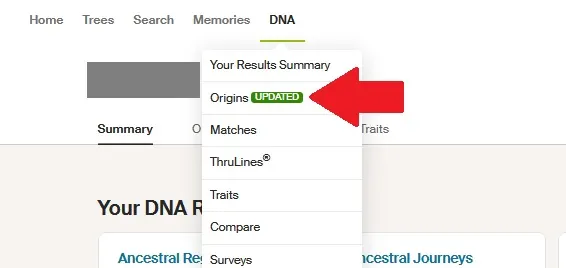
You should see your updated results as soon as you access your Ancestral origins report. To make sure you are viewing the most updated version of your results, check the date at the bottom of your results.
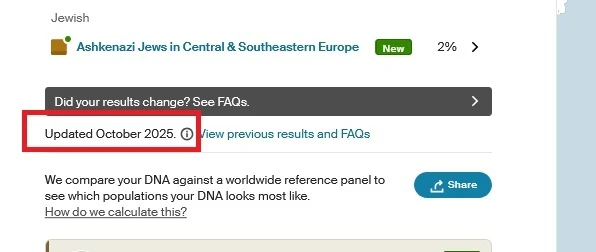
Scroll all the way down to the bottom of your Ancestral regions estimate and examine the date. The fall 2025 Ancestry update occurred in October 2025, so this is the date you are looking for.
Note: If you tested your DNA in October 2025, your results were automatically calculated using the most recent algorithm and thus include the latest update.
Introducing macro-regions
One of the biggest changes in our Ancestry results this year is in the layout and format of the Ancestral Regions estimate. For the first time, our regions are organized under categories called "macro-regions".
Ancestry describes macro-regions as "larger, stable groupings". I interpret this to mean that our assigned regions may change within the macro-regions as science improves in the future, but our macro-regions are likely more stable.

In the image above, the macro-region is Nordic, and the specific regions assigned to me within the macro-region are Denmark, Iceland, and Sweden. This means that I definitely have ancestors from the Nordic part of the world, and the places within this region that my ancestors likely lived are Denmark, Iceland, and Sweden.
New ancestral regions added this year
Ancestry added 68 new European regions this year, which brings the total number of places in the world that your DNA is compared to to 3600. This means that your updated results this year are more specific than they were before.
Some of the new regions are larger regions that were split into two or more smaller regions, and others are brand-new regions entirely. It's very exciting to see which regions are added each year as their technology improves.
New science behind the 2025 Ancestry results
As you might know, the way that Ancestry determines your Ancestral Origins estimate is by comparing your DNA to reference panels matching more than 3600 regions around the world. Ancestry has always used reference panels to determine which regions match our DNA, but what has changed this year is how they create the reference panels.
They have designed a new process for creating reference panels that includes many more DNA samples than before, and promises to be more accurate.
The previous process for making the reference panels included selecting samples from people with family trees going back several generations in a particular region. This meant that Ancestry was limited to only research participants who had attached a family tree to their results.
Since not everyone attaches a tree to their Ancestry results, this meant that there were limited numbers of samples that could be potentially included in a reference panel. Furthermore, as we all know, family trees can contain errors.
The new process for creating reference panels allows for the inclusion of DNA samples that do not have an attached family tree. This is done through a complicated analysis that creates genetic networks of Ancestry members who are related to each other and are genetically connected to specific parts of the world.
This new analysis included filtering out samples that qualified as outliers, had weak genetic connections to the geographic region, or who had high levels of ties to other regions. Using this process, Ancestry was able to increase the number of samples included in the reference panels to 185,000.
(Science people, you can read the white paper about this process here)
Example of updated DNA results
Below is an example of updated Ancestry DNA results. These are my results, and I am showing them to you so you can see how they are now organized by macro-regions, with the more detailed sub-region listed below.
The regions that are new with this update are shown with a "New" tag. As you might notice, almost all of my regions are new this update.
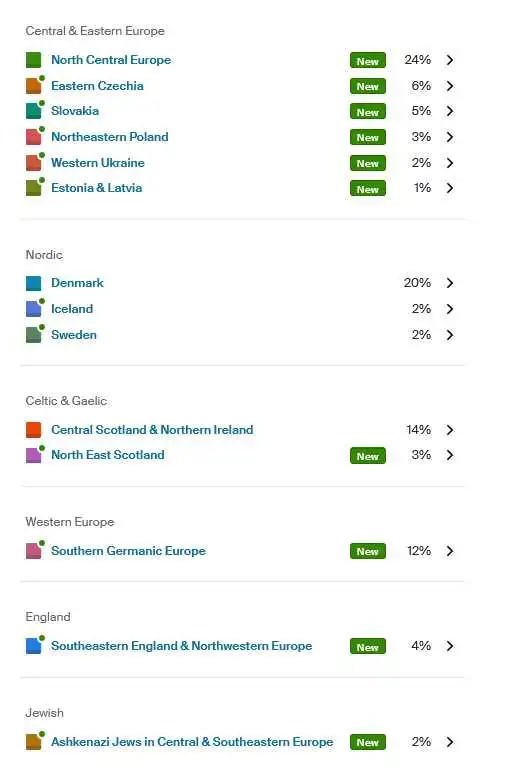
While many of my regions are new this time, I don't really view these results to be much different than the previous version. However, they are more specific, and I hope, more accurate.
A major place of improvement for me was the Central and Eastern Europe macro-region and all of the added regions under that heading. Prior to this update, I did have the Central and Eastern Europe region, but I had no further detail.
With this update, I see six new regions under the broader macro-region where I likely have ancestry. Most of these regions correspond with places where I have known ancestors, and I have suspected Ukrainian and Baltic ancestors (further research on this still needed).
I'm definitely looking forward, as always, to further refined results.
Compare your updated results to previous version
In 2024, Ancestry rolled out an easy way for us to compare our updated results to our previous results. This allows us to easily compare regions and see what disappeared or was added, as well as how the percentages were adjusted.
You can still do this as of the 2025 update. To do so,
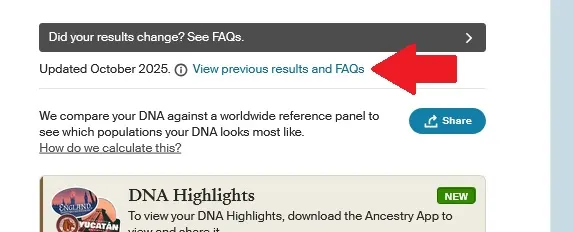
I enjoy looking at the comparison because it helps me make sure that I haven't missed any changes. As our results change over the years, it's easy to miss regions disappearing.
Conclusion
I hope that this post has helped you understand more about this year's Ancestry update. If you have any questions about something that you read in this post, or if you would like to share a new region that you got on your results this update, I would love to hear from you in the discussion below.
Thanks for reading today!
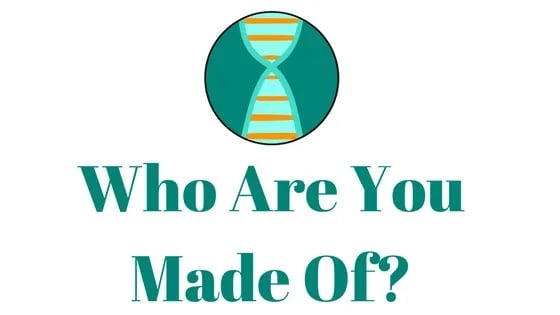
Sharon
Monday 20th of October 2025
I really enjoy reading your newsletters . Regarding the longest segment shared between a match and I on ancestry dna what would be considered a close match? For instance, if I shared 117 cm with someone across 14 segments and the longest segment we share is 13 cm. What kind of a match would that be? Also, if the longest segment between two matches is below 20 cm does that mean the person is definitely a distant relative?
Mercedes
Sunday 26th of October 2025
Hi Sharon, Thank you so much for this question, it comes up quite a bit. There is no foolproof method for calculating close vs. distant relative based on size of longest shared segment. I have seen instances of very distant cousins sharing a segment of 30-45 cMs in length, and half-third cousins sharing a single segment of only 12 cMs. A longer segment does increase the probability of a closer relationship. You might find this calculator handy for explaining the relationship possibilities with a particular number of shared cMs: https://dnapainter.com/tools/sharedcmv4
Neil Sherry
Monday 20th of October 2025
Thank you for this update information and for your very easy to follow explanations. Regarding regions is it possible to pin dates or general times to ancestors presence in a region? I believe that my ancestors have been in Ireland for 4,000ish. But previous to this they journeyed across Europe from, I think, Siberia and the Caspian. Beyond the general assumptions, is it possible to discover where these specific ancestors of mine actually were on this journey?
Mercedes
Sunday 26th of October 2025
Hi Neil, Thank you so much for your interesting question! Have you done Y-DNA and mtDNA testing? While these tests can't tell you about all of your ancestors, you will be able to learn about the history of your Y-DNA and mtDNA haplogroups and your direct-line maternal and paternal ancestors' journeys. They are able to know this information about Y-DNA and mtDNA because of ancient remains that have been studied and DNA tested. I hope this helps! Sincerely, Mercedes